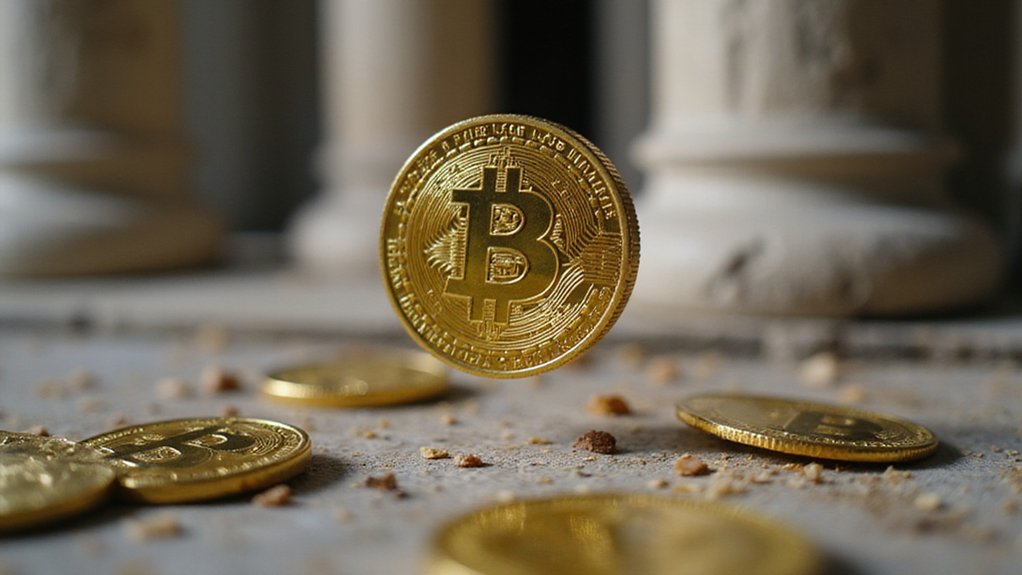Why would the Bank of England—an institution that has weathered centuries of financial innovation from the first banknotes to electronic transfers—suddenly find itself grappling with the regulatory complexities of digital tokens pegged to the very fiat currencies it helps oversee?
The answer lies in the Bank’s recognition that stablecoins represent more than mere technological novelty; they pose genuine systemic risks that demand careful regulatory architecture. Working alongside the FCA, the Bank is constructing a thorough framework that treats “qualifying” stablecoins—those cryptoassets pegged 1:1 to fiat currency—as legitimate financial instruments requiring proper oversight.
The regulatory timeline reveals a methodical approach: the FCA’s Consultation Papers CP25/14 and CP25/15 outline proposed rules on stablecoin issuance and crypto custody, with final rules expected in 2026. Meanwhile, the Bank of England plans its own consultation on systemic stablecoins operating at payment-system scale for late 2025.
A carefully orchestrated regulatory ballet unfolds across 2025-2026, with both institutions addressing different scales of stablecoin systemic risk.
This dual-pronged strategy acknowledges that stablecoins occupying different market segments require tailored regulatory responses.
Perhaps most intriguingly, the Bank’s proposed holding limits—approximately £10,000–£20,000 for individuals and £10 million for businesses—reflect a pragmatic understanding of digital bank runs. Unlike traditional deposits, stablecoins can experience instantaneous mass redemptions that could destabilize not just the token itself but interconnected financial systems. The systemic nature of these risks means that stablecoins, despite their price stability, carry inflationary pressure concerns that traditional banking systems must carefully manage.
The Bank’s embrace of tokenised deposits represents a fascinating evolution in monetary thinking. These instruments combine traditional deposit protections with blockchain settlement advantages, suggesting central bankers increasingly view distributed ledger technology as complementary rather than competitive to existing infrastructure. The requirement for full reserve backing with high-quality liquid assets ensures that stablecoin issuers maintain complete asset coverage equal to outstanding tokens at all times. Issuers must complete redemption requests by the next business day, establishing clear timeframes for converting stablecoins back to fiat currency.
The exploration of integrating stablecoins into the proposed Digital Settlement System (DSS) further demonstrates this sophisticated approach.
International coordination remains paramount, with the Bank emphasizing cross-border cooperation‘s necessity. The framework’s focus on “singleness of money”—ensuring stablecoins maintain equivalence with traditional currency—reflects deeper concerns about monetary sovereignty in an increasingly digital world.
What emerges is neither wholesale endorsement nor reflexive rejection, but rather a measured attempt to harness innovation while preserving financial stability. The Bank’s stablecoin framework represents perhaps the most significant monetary policy evolution since floating exchange rates—a recognition that digital assets have moved beyond speculative curiosity into systemic relevance.









